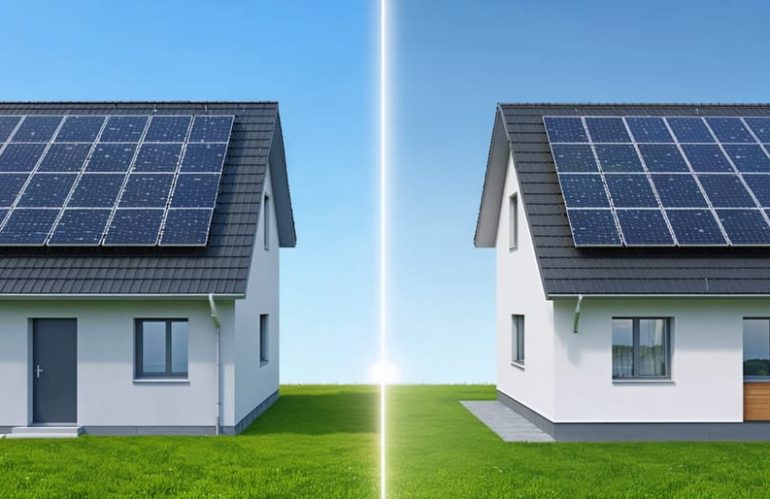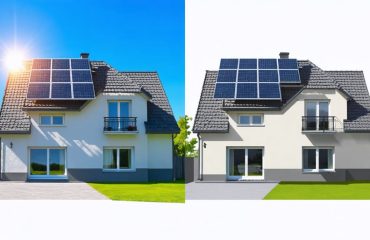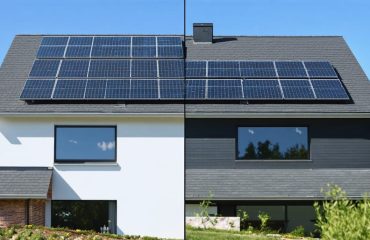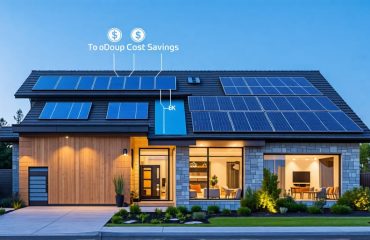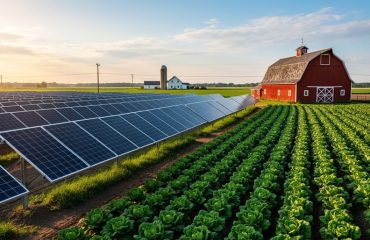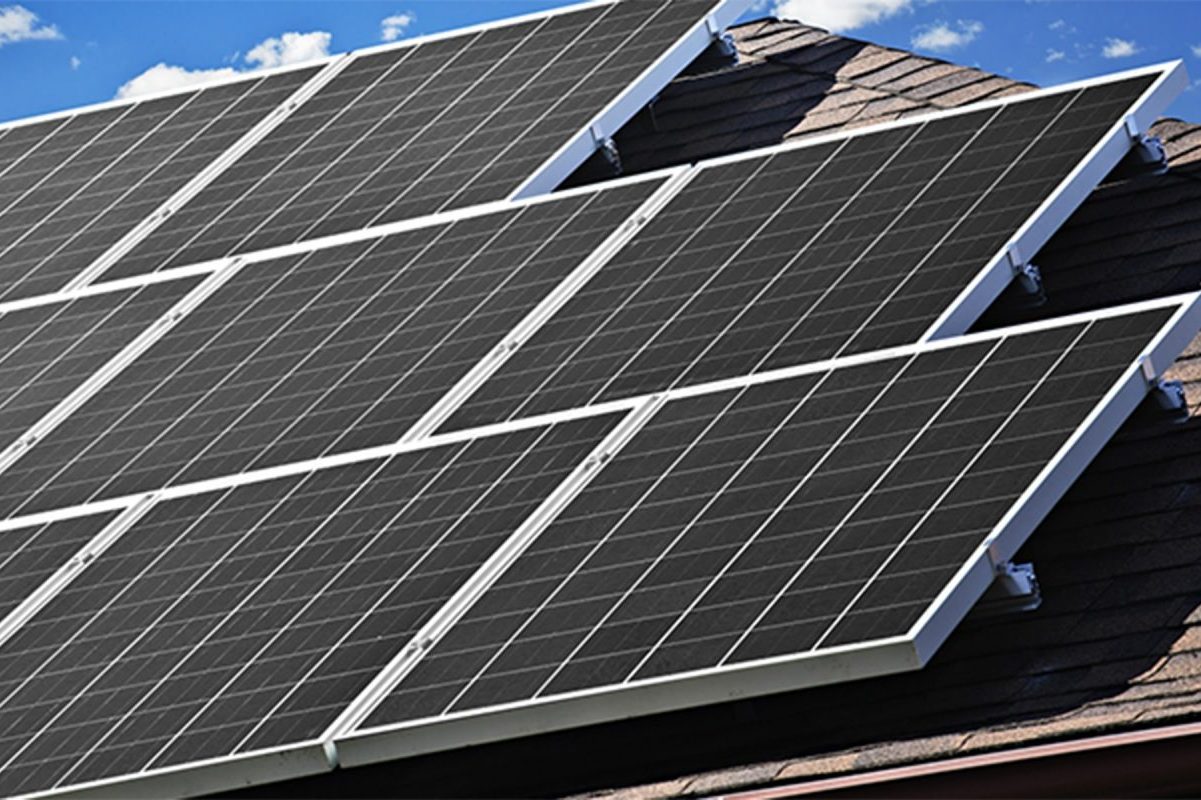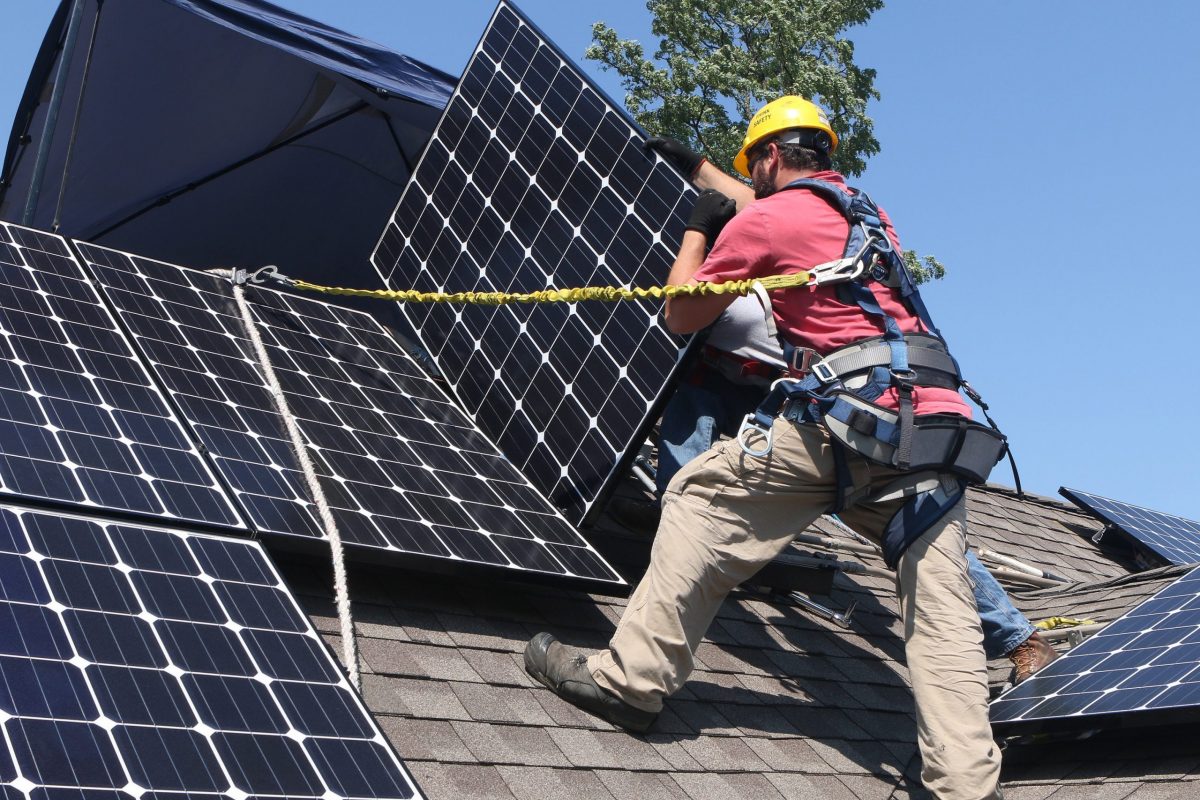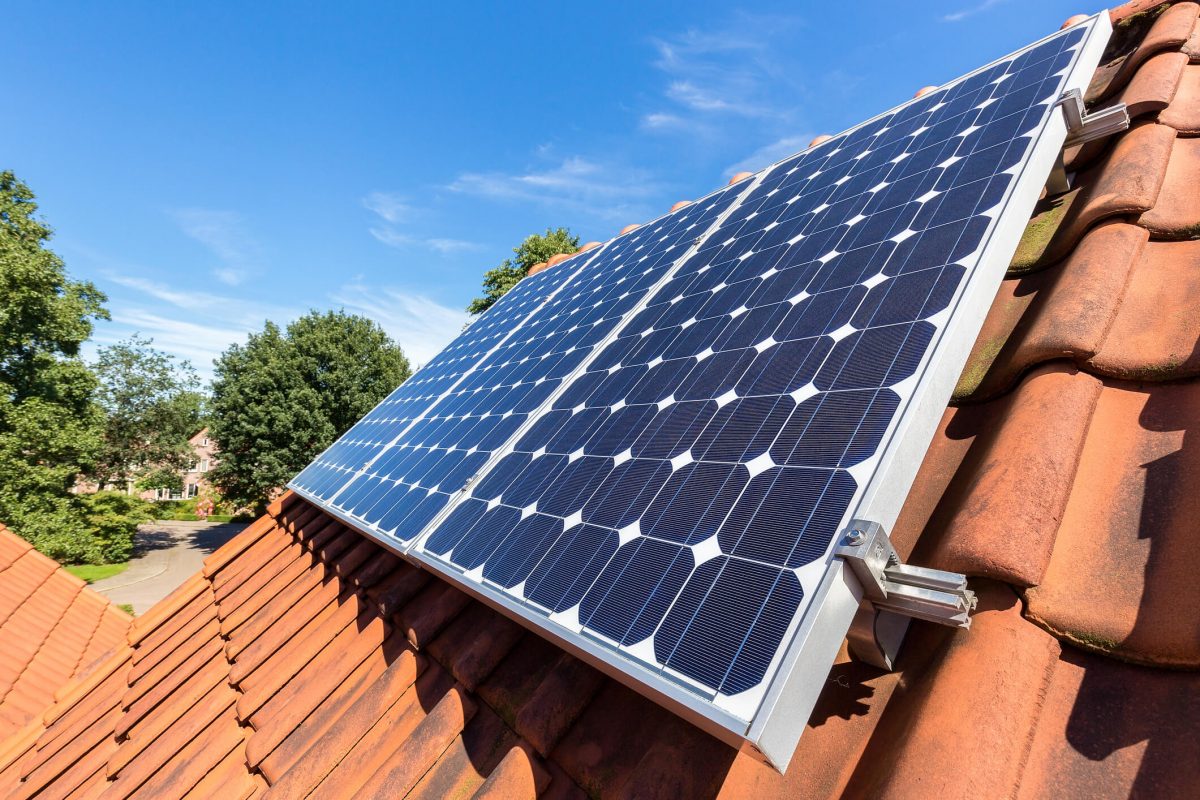Powering your home with solar energy presents two distinct paths: off-grid independence or grid-tied convenience. While both systems harness the sun’s energy, they serve fundamentally different lifestyle needs and investment goals. Off-grid systems offer complete energy autonomy through battery storage and backup systems, enabling homeowners to thrive beyond utility infrastructure. Grid-tied installations, conversely, maintain a connection to public utilities, allowing seamless power exchange and often lower initial costs. As energy costs rise and climate concerns grow, understanding these options has become crucial for homeowners seeking sustainable, cost-effective power solutions. This comparison explores the essential components, benefits, and practical considerations of both systems, helping you determine which solar solution aligns with your energy independence goals and budget constraints.
This introduction:
– Immediately establishes the key difference between systems
– Addresses the main benefits of each option
– Acknowledges current market context
– Speaks to both practical and environmental motivations
– Sets up the article’s purpose clearly
– Maintains an accessible tone while demonstrating expertise
– Avoids technical jargon while remaining authoritative
Grid-Tied Solar Systems: Connected and Cost-Effective
How Grid-Tied Systems Work
Grid-tied solar systems connect your home’s solar panels directly to the public power grid, offering a simple yet effective way to harness solar energy. When your panels generate electricity, it flows first to your home to power your appliances and devices. Any excess electricity is automatically sent back to the grid, essentially making your electric meter run backward through a process called net metering.
Think of the power grid as a giant battery that stores your excess energy credits. During sunny days, your system might produce more power than you need, and this surplus is fed into the grid. At night or on cloudy days when your panels aren’t producing enough electricity, you can draw power back from the grid using these credits, ensuring you have reliable power 24/7.
Net metering is a significant advantage of grid-tied systems, as it eliminates the need for expensive battery storage. Your utility company keeps track of the energy you contribute versus what you consume, and you’re billed only for the net difference. In many cases, homeowners can significantly reduce or even eliminate their monthly electricity bills through this arrangement.
The system automatically switches between solar and grid power as needed, requiring no manual intervention. This seamless integration makes grid-tied systems particularly attractive for homeowners who want to go solar without compromising on convenience or reliability.
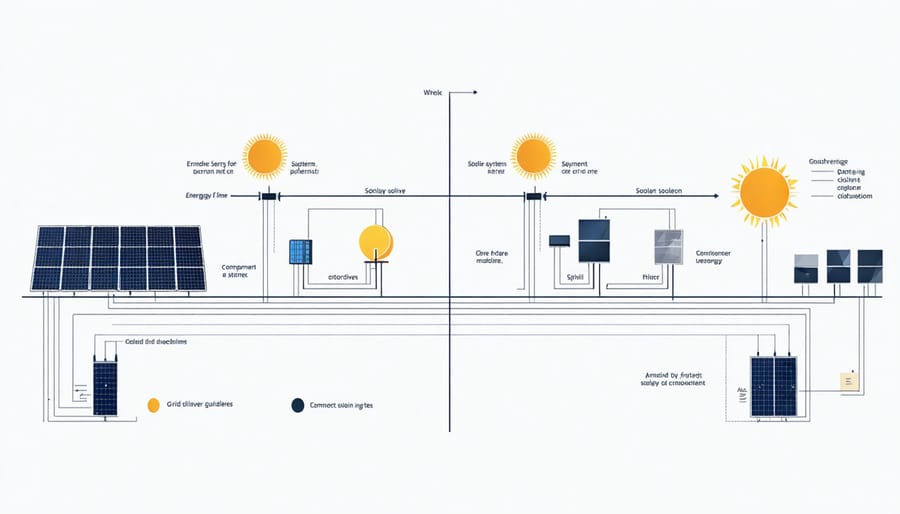
Advantages of Staying Connected
Staying connected to the power grid while using solar panels offers several compelling advantages that make it an attractive option for many homeowners. The most significant benefit is the lower initial investment, as grid-tied systems don’t require expensive battery storage solutions. You’ll only need solar panels, an inverter, and basic mounting equipment to get started.
Grid-connected systems also provide reliable power around the clock. When your solar panels aren’t producing enough electricity (like during nighttime or cloudy days), you can seamlessly draw power from the grid. This eliminates the worry of running out of stored energy that off-grid users might face.
Another major advantage is the potential for net metering, where excess solar energy you produce during sunny days can be fed back into the grid. Your utility company credits your account for this contribution, effectively using the grid as a virtual battery and reducing your overall electricity costs.
The setup and maintenance of grid-tied systems are typically simpler and more straightforward. There are fewer components to install and maintain compared to off-grid systems, which means lower ongoing maintenance costs and fewer potential points of failure.
Additionally, grid-connected systems can be easily expanded over time. You can start with a smaller system and add more panels as your energy needs grow or as your budget allows, making it a flexible solution for evolving household needs.
Off-Grid Solar: Complete Energy Independence
Components of an Off-Grid System
An off-grid solar system requires several essential components to operate independently from the utility grid. The heart of the system is the solar panel array, which captures sunlight and converts it into electricity. Since you’ll be completely self-reliant, you’ll need more panels than a grid-tied system to ensure sufficient power generation.
Energy storage is crucial, and there are various battery system options available, from traditional lead-acid to modern lithium-ion batteries. These store excess energy produced during sunny days for use during nights or cloudy weather.
Your solar inverter selection is equally important, as it converts the DC power from your panels into usable AC power for your home. Off-grid systems typically use specialized off-grid inverters that work seamlessly with battery storage.
A charge controller is essential to regulate the flow of electricity from your panels to the batteries, preventing overcharging and extending battery life. Many homeowners also include a backup generator for additional peace of mind during extended periods of limited sunlight or increased energy demands.
Finally, a robust monitoring system helps you track energy production, consumption, and battery levels, ensuring your system operates efficiently year-round.
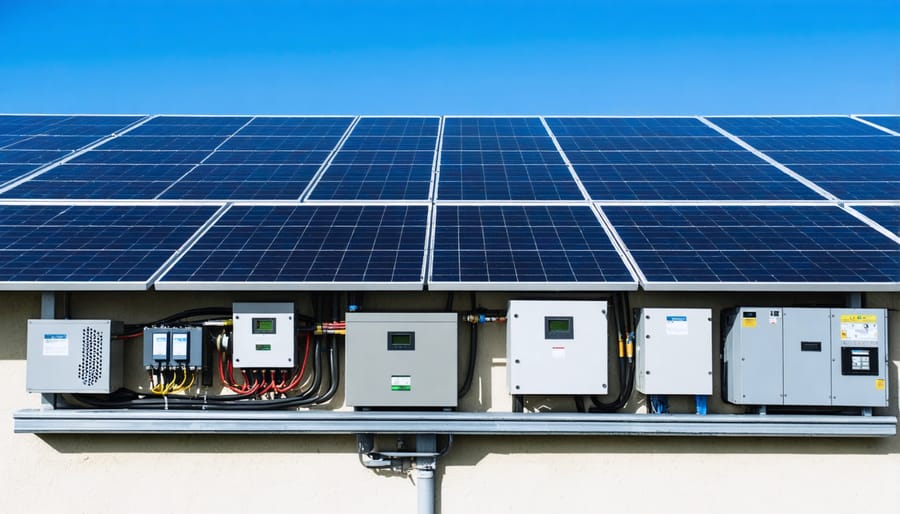
Benefits of Going Off-Grid
Going off-grid with your solar system offers several compelling advantages that make it an attractive option for many homeowners. The most significant benefit is complete energy independence – you’re no longer reliant on utility companies or vulnerable to grid outages and price fluctuations. When storms or technical issues affect the power grid, your home remains powered and functional.
This independence also opens up exciting possibilities for remote living. Off-grid systems allow you to build and power homes in locations where traditional utility connections would be prohibitively expensive or impossible to establish. Whether it’s a mountain retreat or a rural homestead, solar power makes it possible to enjoy modern comforts anywhere.
Financial benefits extend beyond eliminating monthly utility bills. With an off-grid system, you’re protected from future energy price increases and additional utility fees. While the initial investment might be higher, many homeowners find long-term value in the predictability and control over their energy costs.
Environmental benefits are equally compelling. Off-grid living significantly reduces your carbon footprint since you’re generating clean, renewable energy. You’re not just reducing your environmental impact; you’re completely eliminating your dependence on fossil fuel-generated electricity.
The system also provides valuable learning opportunities about energy consumption. Managing your own power supply naturally leads to more conscious energy use and a better understanding of sustainable living practices.
Making Your Choice: Key Factors to Consider
Cost Comparison
When comparing off-grid and grid-tied solar systems, the initial investment and long-term costs vary significantly. Off-grid systems typically require a higher upfront investment due to additional components like battery banks, charge controllers, and backup generators. While basic solar panel installation costs are similar for both systems, off-grid setups can cost 30-50% more initially due to these extra components.
Grid-tied systems generally range from $15,000 to $25,000 for an average home, while off-grid systems often start at $30,000 and can exceed $50,000 depending on your energy needs. However, the long-term financial picture tells a different story. Grid-tied systems allow you to benefit from net metering, reducing your electricity bills while maintaining the security of grid power. Off-grid systems eliminate monthly utility bills entirely but require periodic battery replacement (every 8-10 years) and ongoing maintenance.
Consider that grid-tied systems typically pay for themselves within 5-8 years through utility savings and incentives. Off-grid systems may take longer to reach the break-even point, usually 10-15 years, but offer complete energy independence and protection from rising utility rates. For remote locations where grid connection costs are high, off-grid systems often become the more cost-effective choice despite the higher initial investment.
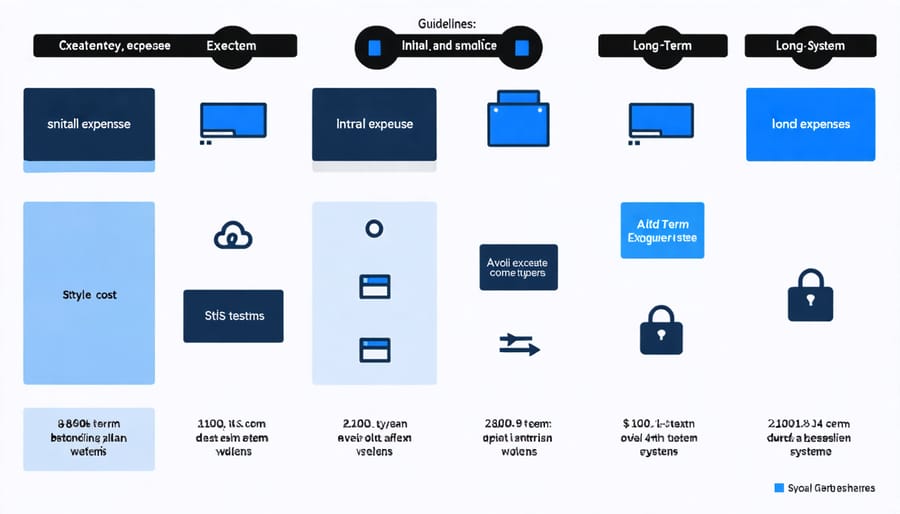
Location and Climate Considerations
Your location and climate play crucial roles in determining whether an off-grid or grid-tied solar system is right for your home. Areas with abundant year-round sunshine typically work well for both systems, but off-grid setups require extra consideration of seasonal variations and weather patterns.
For off-grid systems, you’ll need to account for the lowest expected sunshine hours during winter months and extended periods of cloudy weather. This often means installing a larger system with additional battery storage to ensure reliable power throughout these challenging periods.
Grid-tied systems have more flexibility since you can rely on the grid during less sunny periods. They’re particularly practical in urban and suburban areas where utility connections are readily available. However, they may be less suitable in regions prone to frequent power outages unless paired with battery backup.
Geographic location also affects installation costs and system requirements. Northern locations typically need more panels due to fewer sunlight hours, while areas with extreme temperatures might require special equipment protection. Coastal regions may need corrosion-resistant components, and areas with heavy snow loads must have reinforced mounting systems.
Climate considerations extend to battery storage as well. Extreme temperatures can affect battery performance and lifespan, so proper insulation and temperature control systems might be necessary, especially for off-grid setups where batteries are essential for system operation.
Energy Usage Patterns
Understanding your household’s energy consumption patterns is crucial when choosing between off-grid and grid-tied solar systems. Most homes experience peak energy usage in the morning and evening hours, with lower consumption during midday when solar panels generate the most power. Grid-tied systems allow you to tap into utility power during these peak times, making them ideal for households with traditional consumption patterns.
Off-grid systems require more careful energy management and often work best for homes with flexible usage patterns. These households can adjust their major energy consumption activities to align with peak solar production hours, such as running washing machines, dishwashers, and other high-draw appliances during sunny midday periods.
To determine which system suits your needs, track your energy usage for a few months. Look for patterns in your consumption and consider whether you can adjust your habits. Grid-tied systems offer more flexibility, allowing you to maintain your current lifestyle while still benefiting from solar power. Off-grid living requires more conscious energy use but provides complete energy independence.
Energy-efficient appliances and smart home technology can help optimize your consumption patterns for either system type. Installing LED lighting, programmable thermostats, and energy-monitoring devices can reduce overall consumption and help match your usage to your solar system’s capabilities.
Remember, seasonal variations will affect both your energy consumption and solar production. Factor in higher winter heating needs or summer cooling demands when planning your system.
Future-Proofing Your Investment
When investing in a solar system, it’s crucial to consider how your energy needs might evolve over time. Both off-grid and grid-tied systems can be designed with future expansion in mind, but they approach scalability differently. With modern solar system performance continuing to improve, your initial investment can grow alongside your needs.
Grid-tied systems offer straightforward expandability – you can often add more panels to your existing setup as your energy consumption increases. The grid connection provides a reliable backup, making the transition smooth and manageable. However, future-proofing requires ensuring your initial inverter can handle additional capacity.
Off-grid systems require more careful planning for future expansion. You’ll need to consider not just additional panels, but also increased battery storage capacity and possibly upgraded charge controllers. The good news is that many contemporary off-grid components are modular, allowing for systematic expansion without replacing the entire system.
Smart technology integration is another crucial aspect of future-proofing. Both system types can incorporate energy monitoring systems, smart inverters, and home automation features. These technologies help optimize energy usage and adapt to changing consumption patterns, ensuring your investment remains valuable for years to come.
Consider also the growing trend of electric vehicle adoption. Whether you choose off-grid or grid-tied, planning for EV charging capability can make your system more versatile and valuable in the long run.
Whether you choose an off-grid or grid-tied solar system, you’re taking a significant step toward energy independence and environmental sustainability. Both options offer unique advantages that can align with different lifestyle needs and goals. Grid-tied systems provide the security of utility backup and potential cost savings through net metering, making them an excellent choice for most homeowners in areas with reliable grid access. Off-grid systems, while requiring more initial investment and maintenance, offer complete energy independence and are ideal for remote locations or those seeking total self-sufficiency.
The key is to carefully evaluate your specific circumstances, including your location, energy consumption patterns, budget, and long-term objectives. Consider factors like local utility rates, available solar incentives, and your property’s solar potential. Remember that solar technology continues to advance, making both options increasingly efficient and affordable.
Don’t let the technical aspects overwhelm you – many reputable solar installers can guide you through the decision-making process and help you choose the system that best meets your needs. Start by getting multiple quotes from certified installers who can assess your property and provide detailed recommendations. Whether you’re motivated by environmental concerns, energy independence, or financial savings, solar power represents a smart investment in your home’s future and our planet’s well-being.
Take the first step today by scheduling a solar assessment and exploring the specific options available in your area.

